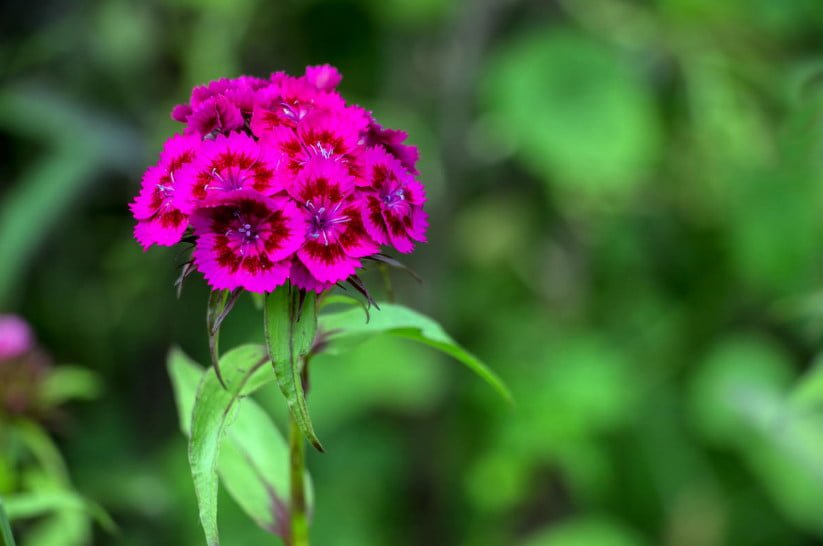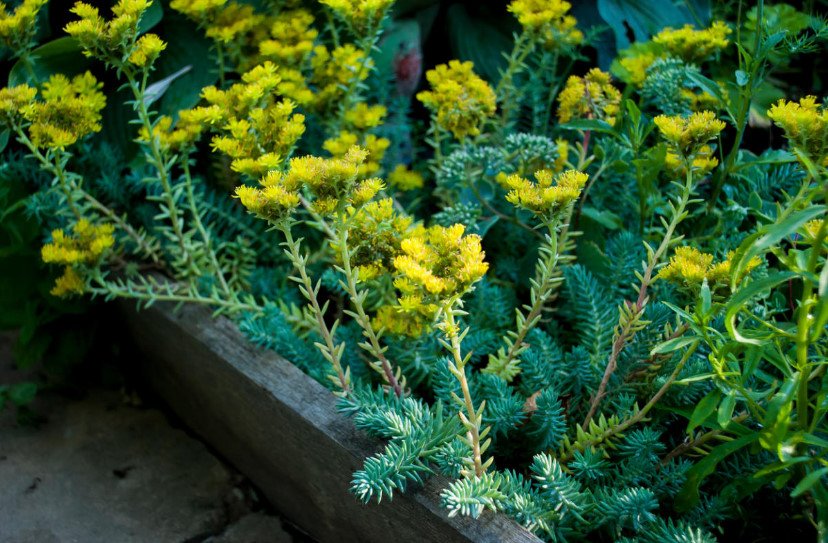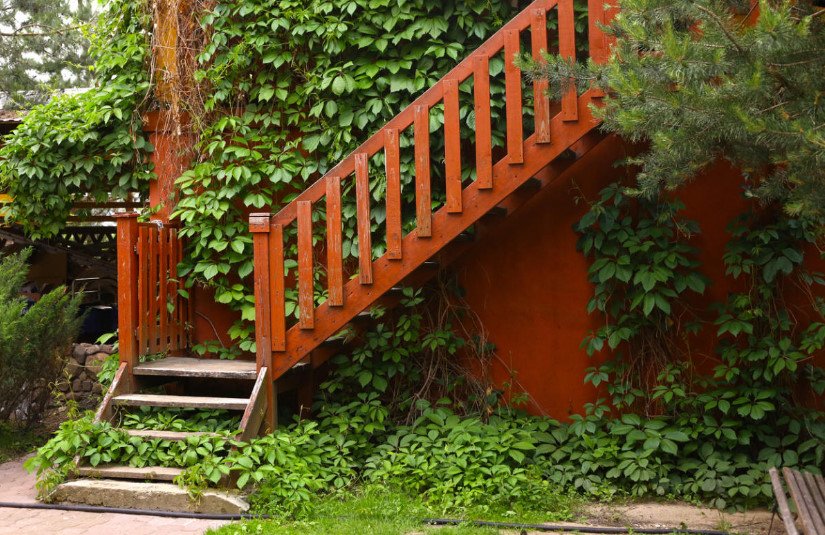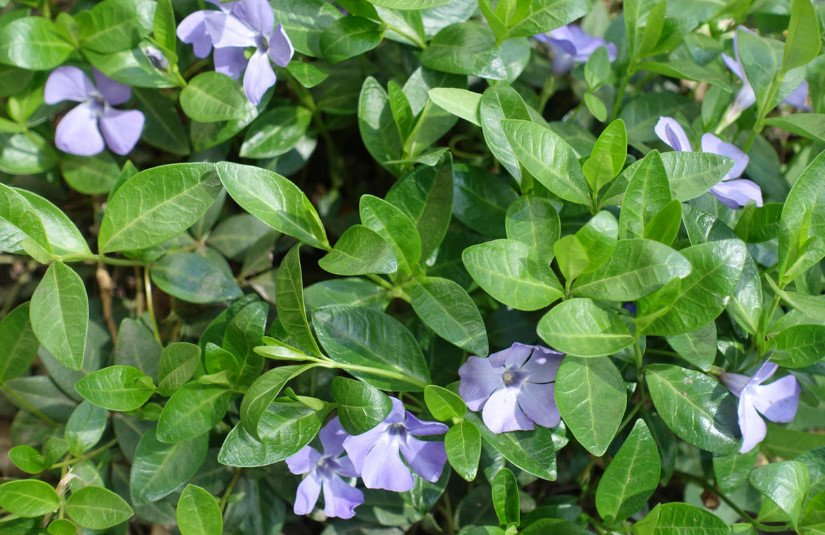Plants-aggressors are familiar to most gardeners. You plant a small seedling-and by the end of the season the invader displaces from a flower bed of other “residents”. Some garden crops behave like real weeds!
Weak or just small in size plants next to rapidly growing species simply do not survive, and the rest is not sweet: the aggressor can shade them, take food and water, limit living space. From the point of view of landscape design too actively extending cultures-too big problem: they quickly destroy any composition. How do you find them justice?
Growth strategies-control strategies
Each species has developed its own survival strategies in the process of evolution. Some form a huge number of seeds with high germination, others are able to resume from tiny segments of the rhizome, others are extremely rapid growth of shoots… Accordingly, each plant-aggressor needs its own approach — its own strategy to combat its aggressive intentions.
Air landing
Some plants actively reproduce by self-seeding. Perhaps to cope with these easier: the main thing — not to allow to form seeds. To do this, you need time to cut the withering flowers: no seeds — no reproduction.

In words, everything is quite simple. But in fact in the vast flower beds is very difficult to keep track of each flower. If the seeds are still scattered-in the spring you will see shoots where not expected. They need to be removed as early as possible, not allowing as it should take root (of course, if you do not plan to transplant unexpected seedlings somewhere in a permanent place)

Guerrilla war
Active growth of rhizomes we sometimes find too late-when the aggressor has captured a vast territory. Some bulbous and tuberous cultures can be referred to the same category. The problem is that such plants actively displace competitors, taking away their necessary resources for life.
 n
n
The good news is that it is quite possible to contain such invaders. But, as usual, there is bad news: it must be done BEFORE a potential aggressor settled in your garden. If you do not take care of preventive measures, then in the future you will find a long, difficult, and sometimes useless struggle: completely choose from the ground every single piece of rhizome is almost impossible task. Especially if there is all this in a perennial flower garden,which you have not planned to redo completely.
So what’s the secret? It is very simple: growth limiters, which are installed when planting plants, actively propagating rhizomes.
Here are possible options. For example, when planting raspberries, many dig into the ground around the perimeter of the landing area sheets of slate or other strong and durable material. The main thing — to bury such a “barrier” on a large enough depth so the roots are not “crawled” underneath. For plants with a surface root system, even the usual wide (15-20 cm) border tape can become a limiter.

Protection against overgrowth will serve as a landing container (large plastic pot or homemade container-for example, from a plastic bottle). So plant not only flower beds, but also aquatic plants, among which there are also many aggressors.
Aggressive efforts
There is a culture actively forming long above-ground stems, often rooting. This is a very large group, which includes many ground cover plants.

Are the aggressors, once in favorable conditions, ready for the season to close a large area, choking out all the competitors. They should not be planted next to low, miniature plants; the best neighbors for such crops — large perennials or shrubs.
Perhaps, with the representatives of this category can handle the most difficult. Their growth is impossible to prevent or stop it remains only to deal with the consequences: trim off the excess shoots, and to shorten excessively grown, to remove the entrenched…

When it comes to ground cover plants, partly help high curbs-for some time they delay the invader, not allowing him to crawl on the track or lawn. But if you do nothing, and these obstacles will not be a hindrance.
The most important strategy
It is important to understand that no matter what preventive measures we take, we will not be able to change nature. Rapidly growing plants require attention from the gardener more and more often than their” humble ” relatives. If you can not devote much time to flower beds, think carefully before you condemn yourself to an endless struggle with the aggressors.

If you do not want to give up any plant at all, but you also do not have the ability or desire to constantly monitor its activity, just look for a corner in the garden where the invader can spread without violating anyone’s plans. For example, rapidly growing ground cover plants can be placed under ornamental shrubs or trees. However, only in the case if they are not adjacent lawn, or again — “and eternal fight, rest only dreams us»…
Are there aggressor plants in your garden? How do you deal with them? What methods do you prefer?


















